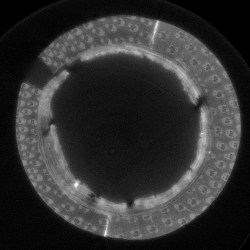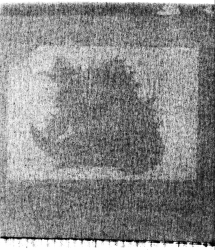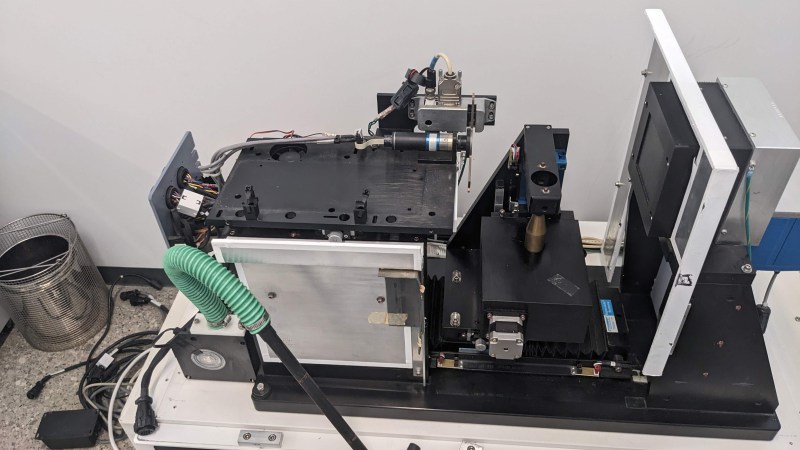If you have ever wondered what goes into repairing and refurbishing an X-ray Computed Tomography (CT) scanner, then don’t miss [Ahron Wayne]’s comprehensive project page on doing exactly that. He has two small GE Explore Locus SP machines, and it’s a fantastic look into just what goes into these machines.

These devices use a combination of X-rays and computer software to reconstruct an internal view of an object. To bring these machines back into service means not only getting the hardware to work correctly, but the software end (including calibration and error correcting) is just as important.
That means a lot of research, testing, and making do. For example, instead of an expensive calibration grid made from an array of tiny tungsten carbide beads, [Ahron] made do with a PCB laden with a grid of copper pads. The fab house might have scratched their heads a little on that one, but it worked just fine for his purposes and price was certainly right.

Tools like these enable all kinds of weird and wonderful projects of their own. So what can one do with such a machine? CT scanning can spot fake AirPods or enable deeper reverse engineering than a regular workshop is normally able to do.
What else? Shown here is an old foil Pokémon card from an unopened package! (Update: the scan is not from a card in a sealed package, it is just a scanned foil card. Thanks to Ahron for clarifying.) [Ahron] coyly denies having a pet project of building a large enough dataset to try to identify cards without opening the packs. (Incidentally, if you just happen to have experience with supervised convolutional neural networks for pix2pix, he asks that you please reach out to him.)
The real power of CT scanning becomes more apparent if you take a look at the videos embedded below the page break. One is a scan of an acorn, [Ahron]’s first successful scan. Another is an interesting scan of a papyrus roll in a bamboo sheath. Both of the videos are embedded below.















I cant believe they found Pokemon on an ancient papyrus.
I wonder how it works with lottery scratch tickets. Lol
whoopsy!
How is this thing not in a metal enclosure?
That’s how Schrodinger killed the CAT.
Or DID he?
Ask the bear. He spends a lot of time in the woods.
X-ray diffraction/reflection test. If the experimenter finds their hair falling out, skin burns, blindness and tumors forming, they then have reportable data.
Ahron adopted a CAT?
Repairing these instruments and send them to Médecins Sans Frontières could really helpfull, for parts of this world. But please with manuals and equitment.
I don’t think these are big enough to get body parts into…
Of course, everyone wondered about the possibilities of finding the rarest cards. I’ve heard of attempts using precision scales. But it mostly comes down to the opportunity, as where you need access to a large set of unopened cards. For example, in a shop with high card throughput. It doesn’t help that you will be stealing from your customers.
I’d say you don’t really need a database of card pictures, as the cards in the set are usually quite limited, and very few cards are rare. It’s not too difficult to determine the card is a Nidoking. Searching for it online says the card is from the original set ~30 years ago. (Maybe the countermeasures have increased since then?)
It is really interesting! The article is technically in error, though. This image of a single, naked card, not of one inside a pack.